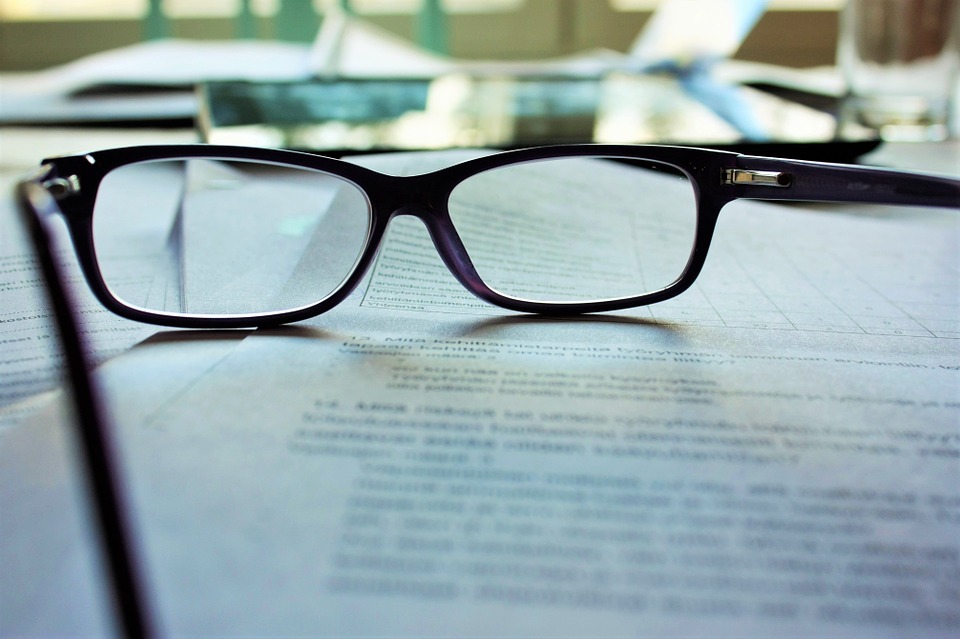1. Preliminary
1.1 On 2 September 2019, the Centre for Policy Research organized a lecture on hate speech, with renowned journalist Mr. Salil Tripathi as the guest lecturer. In addition to his work as contributing editor for the Mint and Caravan, Mr. Tripathi has won many awards for his contributions in the fields of human rights. The lecture was attended by Tuhina Joshi, Associate and Rishwin Chandra Jethi, Associate at Ikigai Law. This blogpost provides our notes from the event.
2. Key points from the lecture
2.1 Hate-speech is a misunderstood term. People from countries like India, Philippines and Turkey use it as a catch-all phrase to disagree with what is being said.
2.2 In most States, laws put a restriction on the freedom of speech. There is a legitimate scope for restriction on speech. This does not mean that whatever one disagrees with needs to be censored.
2.3 In India, sections 153A and 295 of the Indian Penal Code, 1860 deal with speech which insults religious sentiments and promotes enmity between different groups.
2.4 These are colonial laws which can be used to prohibit the everyday acts of liking pages on social media, cartoons and other content on websites like Facebook if they are hurtful for certain groups.
2.5 A landmark example of the application of these laws is the case of Ramesh Prabhu Prabhakar Gupte where the courts reduced Bal Thackeray’s civil rights and banned him from voting and contesting elections for a while. This in turn made him more popular among the masses.
2.6 This is one of the reasons why hate speech should not be banned. Doing so makes it more popular, sensational and more likely to be shared and viewed. Censoring hate speech will only add decibels to it and may provide martyrdom to its proponents by those who follow them.
2.7 Susan Benesch calls for the need to create a distinction between hate speech and dangerous speech. Hate speech is critical of a particular faith, idea, religion, caste and race, among other identifiers. Dangerous speech takes it a notch higher, by inciting and promoting violence based on the generalization of hate speech. There is an element of clear and imminent violence against a particular community in dangerous speech. Unless there is a direct provocation of violence or imminent fear, it is hateful speech.
2.8 There are the 6 ingredients of dangerous speech:
2.8.1 The speaker is an influential orator who is popular amongst the people he is addressing;
2.8.2 The audience is susceptible to being swayed easily;
2.8.3 The speech provokes violence against a particular community and instills fear;
2.8.4 The speech is based on a grievance or a sense of loss (typically of pride or rights) that the audience can relate to;
2.8.5 The speech touches upon the concept of purity (typically ethnic or racial) and the idea of outsiders disturbing the balance of society; and
2.8.6 The speech uses coded language to communicate an idea or dehumanize the ‘other’ community.
2.9 Banning dangerous speech is not the solution to countering it, since that only increases its popularity. Instead, dangerous speech can be delegitimized by countering it with facts, civility and other tactics to defuse tension.
2.10 An example of counter-speech is the Iranian government’s response to a series of Danish cartoons which were critical of Islam. Most other Islamic governments responded in a disproportionate manner and put trade restrictions on Denmark, promoted violence and assault against the cartoonists, and threatened their lives. The government of Iran on the other hand launched their own series of cartoons in return against Christians and Jews.
2.11 As for the law, while it should be used against people who use dangerous speech and bring it to the national discourse, the fact is that those who actually employ dangerous speech with terrible consequences (i.e., parliamentarians, ministers and other political representatives) go scot-free. This shows that it is actually the underlying power dynamics between different groups of people that allows dangerous speech to propagate. That being said, the Supreme Court of India must have a re-look at Article 19 of the Constitution of India and acknowledge the difference between hate speech and ‘dangerous speech’.
This post is authored by Rishwin Chandra Jethi, Associate with inputs from Tuhina Joshi, Associate at Ikigai Law.


